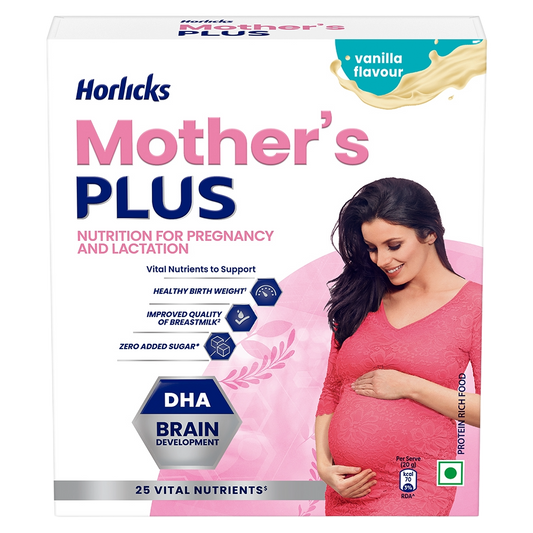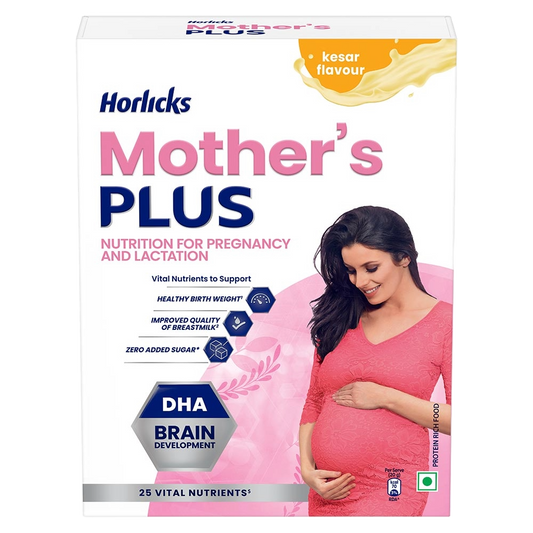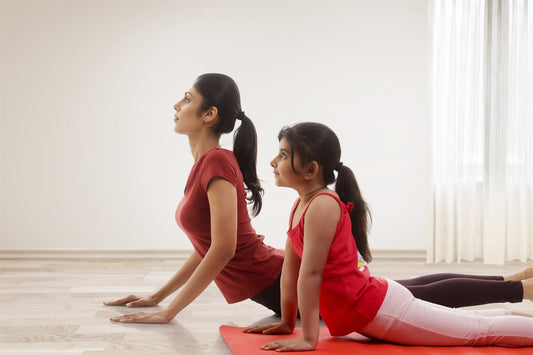In today’s fast-paced yet sedentary lifestyle, health and fitness have taken on a different meaning altogether. With everybody glued to their screens for the better part of the day, maintaining an active lifestyle is a big challenge. It is an even bigger challenge if you are in your thirties. A healthy diet and a suitable exercise routine are no longer optional but necessary for a healthy life.

Did you know? After 30, you slowly and steadily begin to lose your muscle mass at about 3 – 8% each decade.1 This muscle mass loss can manifest itself in various forms in your body – some warning signs subtle, some unmissable.
Loss of muscle mass can leave you constantly feeling tired and weary, even on days where you get adequate rest. It can also cause weakness and impair your mobility, with joint pains and aches becoming your new reality. In the long run, it can increase your chances of a fall-related fracture as well.
So, what can you do?
Age-related muscle loss, sadly, is unavoidable. As much as you want to stall it, ageing is inevitable. The only way you can mitigate these challenges is by providing your body with the means to cope with them. The simple solution is to move around more and to eat better.2
Exercise:
Having an exercise routine and staying physically fit, can make a significant difference in muscle health. It signals the body to allocate more resources towards muscle development.
While doing aerobic exercises such as brisk walking, jogging, running, swimming, cycling, etc., is a must for maintaining cardiovascular health. It is incorporating strength-building exercises in your regimen that help keep your muscles strong and well-functioning.
They are designed to improve endurance and enhance strength and while it is often associated with weight training and heavy machinery at a gym, other techniques can also be used in strength training.
You can also do it at home, using your body weight, or use a couple of resistance bands. The idea is to move your body against some form of resistance.3
You can also include yoga in your fitness routine as it is an excellent way to strengthen your bones and muscles. Additionally, yoga also improves your flexibility and balance, reducing the chances of a fall-related fracture later in life.4
Diet And Supplementation:
As much as exercise helps, it is a small part of your journey towards better muscle health. Since protein is the building block of your muscle, the kind of nutrition you are getting from your diet plays a major role in determining your muscle health. A high-quality protein diet is a must for you in your 30s.
According to the Indian Council of Medical Research ICMR’s Recommended Dietary Allowances 2020, the RDA of protein for adult men is around 54 grams per day and that for adult women, 46 grams per day.5
Therefore, in addition to regular exercise, one of the ways you can increase your high-quality protein intake is to consume nourishing, protein-rich beverage like Horlicks Protein Plus along with your daily diet. It is a triple blend protein formula, with whey, soy, and casein protein, and delivers all essential amino acids
Research suggests that combining animal and plant proteins that have different absorption rates, such as soy protein, whey, and casein, can prolong delivery of amino acids to the muscle. This is because these proteins have different digestion rates, which may create the opportunity to meter delivery of digested amino acids. Thus, protein combinations with a range of digestion rates produce superior gains in muscle mass compared with a single protein source or blends of protein with similar digestion rates.6
Horlicks Protein Plus contains fast acting whey, intermediate acting soy protein and slow acting casein
When consumed with about 200 ml of buffalo/cow’s milk, Horlicks Protein Plus provides 16 grams of good quality protein per serving, which is important to support muscle protein synthesis. Available in vanilla, chocolate and a vanilla variant with no added sugar*, Horlicks Protein Plus is designed to address the issue of optimum quality protein intake amongst modern-day adults.
Other Mistakes To Avoid:
Not taking rest. In your 30s, you might notice that even if you can work out with the same intensity as in your 20s, your recovery time becomes slightly longer. The enthusiasm and motivation to get moving also diminishes and your body needs more time to rejuvenate. But all of this can be avoided by getting enough sleep, an adequate amount of rest between two workout sessions and performing post-workout stretching and other active recovery techniques.7
Not warming up before a workout. Irrespective of your age, warming up your muscles before starting any high-intensity workout is extremely important. Ignoring warm-up exercises can result in injuries such as cramps, muscle pull, sprains and even dislocations.8
Not knowing your limits. The phrase ‘No pain, No gain’ is overused in the fitness industry but try not to get carried away by that. Fitness and muscle health take a slow, systematic approach and pushing your body beyond its limitations can result in long term damage rather than producing quick results.

Takeaway:
Your 30s are likely to be much more stressful as compared to your carefree 20s. The constant pressures of performing well in your career and life can cause inadvertent neglect of your health.
Remember, your body is your forever home. How you treat your body today will determine the quality of your life and your health in the future. Make taking care of your body a priority. Change your perception of working out and eating right – it is not a means to punish your body for an extra cheat meal or a day of no exercise. Rather, it is the way you show your body love and respect for supporting you through life!









